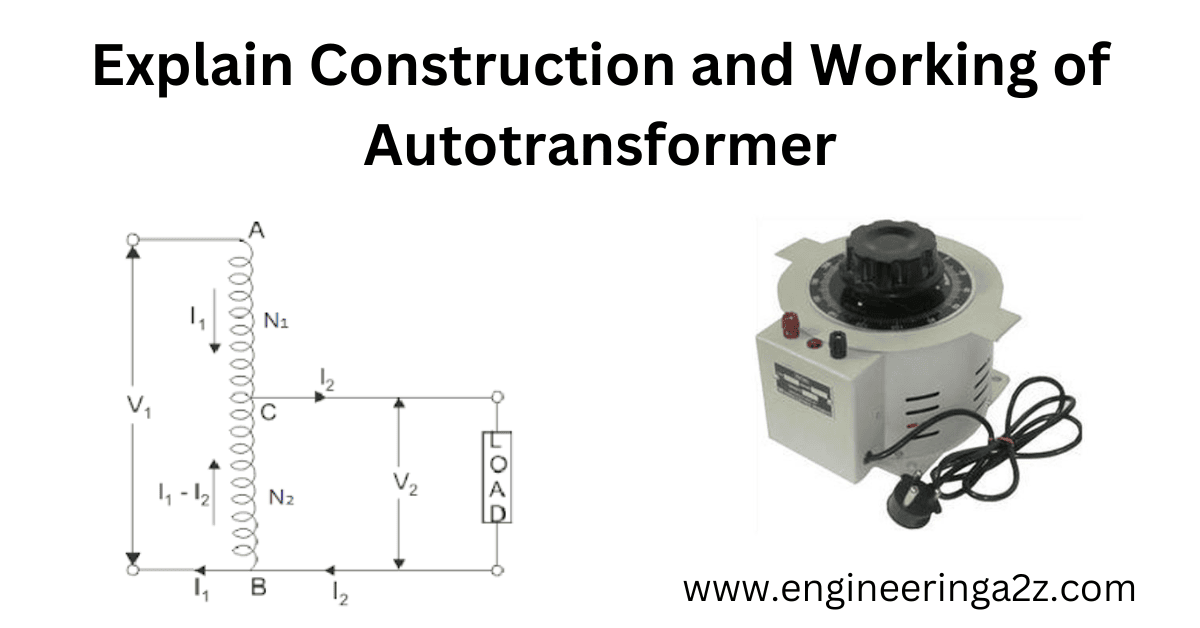
Table of Contents
Autotransformer
An autotransformer is a type of electrical transformer with only one winding. In an autotransformer, one single winding is used as primary winding as well as secondary winding.

In an ordinary transformer, the primary and secondary windings are electrically insulated from each other but connected magnetically whereas in autotransformer the windings are connected electrically or magnetically.
Construction and Working of Autotransformer
The primary winding AB having N1 turns and BC is secondary winding having N2 turns. The tapping is taken at point C. The tapping may be fixed or variable.
The working of autotransformer is based on the principle of electromagnetic induction similar to the two winding. When AC voltage V1 is applied across AB, an alternating flux is setup in the core, it induces an e.m.f. E1 in the winding AB. The part of the e.m.f. is taken in the secondary circuit.
Let,
V1 = Primary applied voltage
V2 = Secondary load voltage
I1 = Primary current
I2 = Secondary current
Transformation Ratio,

Advantages of Autotransformer
- It is used to give variable voltage.
- It control equipment for single phase & three phase electric locomotive.
- It has smaller size than a two windings transformer.
- It has higher efficiency than two winding transformer.
- It has better voltage regulation than a two winding transformer.
- It require less exciting current than a two winding transformer.
Disadvantages of Autotransformer
- It can be operated on light load.
- It is not safe for stepping down a high voltage to a low voltage.
Related Posts
- Transformer | Construction, Working Principle | Advantages & Disadvantages
- Three Phase Transformer | Construction & Working
- Three Phase Induction Motor | Construction & Working Principle
- Stepper Motors | Types, Parameters, and Characteristics
- Static Phase Shifting Transformer | Configurations and Improvement
- Starting Methods of 3-Phase Induction Motor
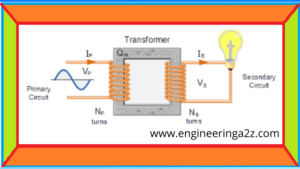
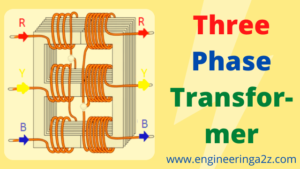

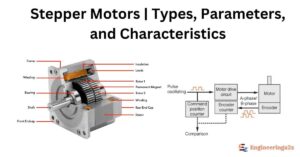

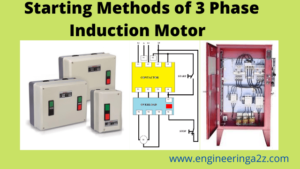






Comments (1)
Very informative